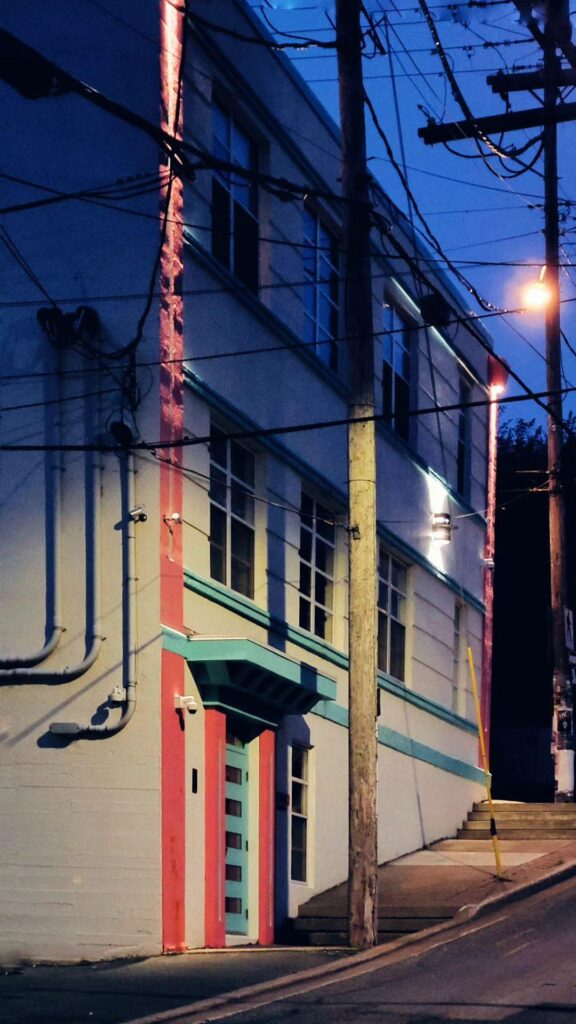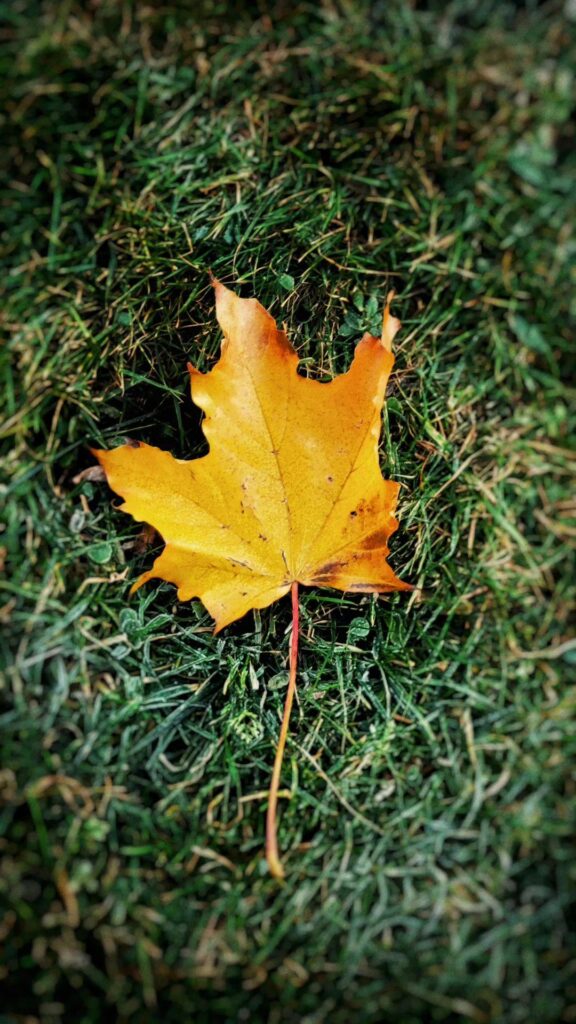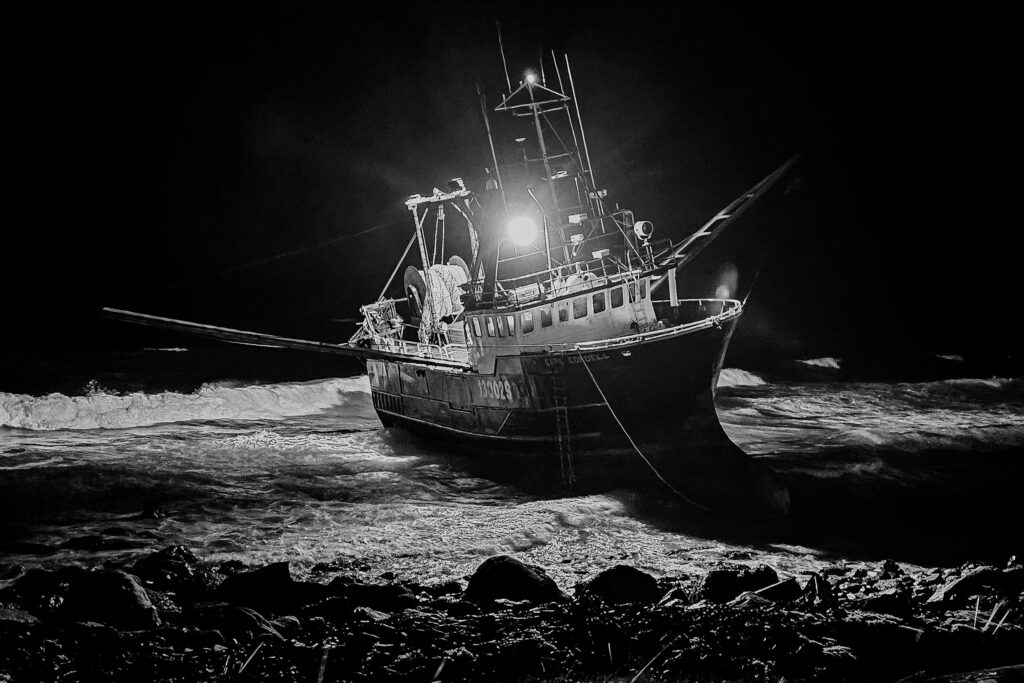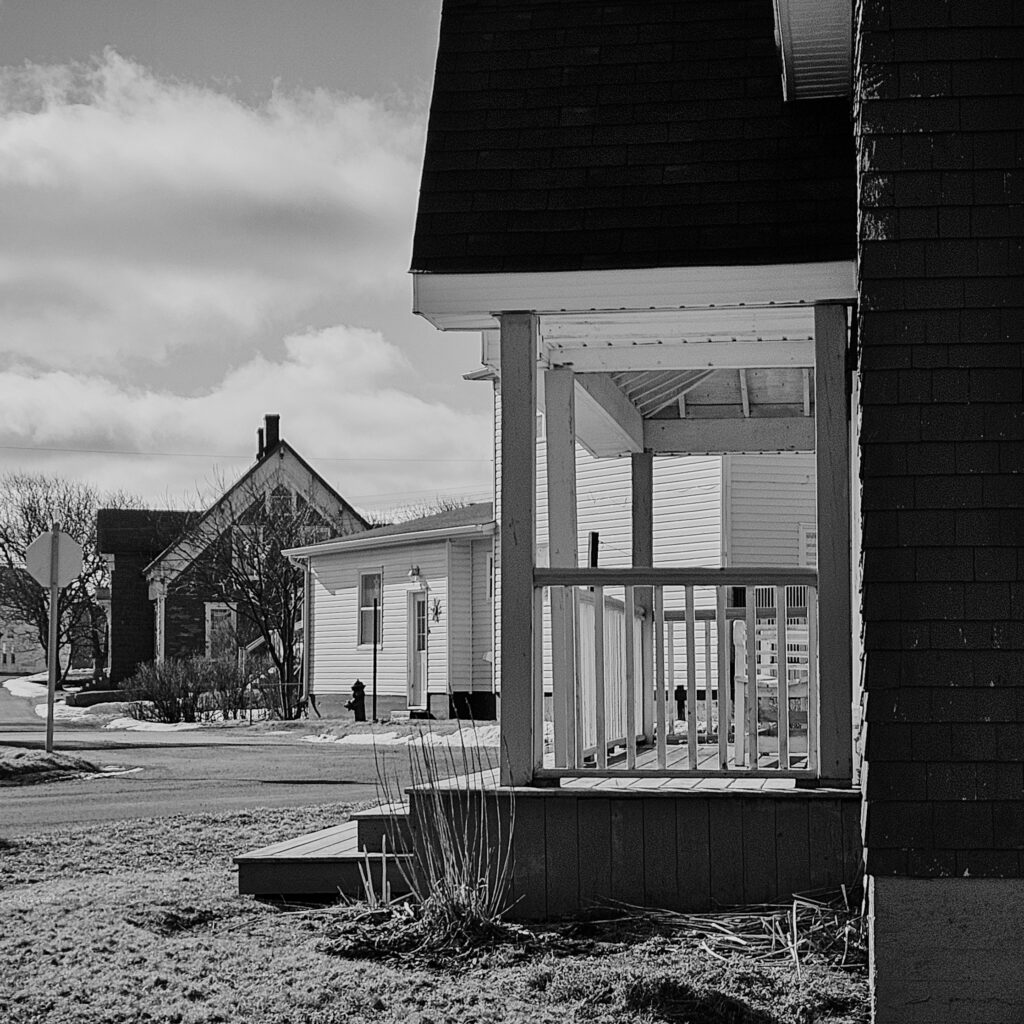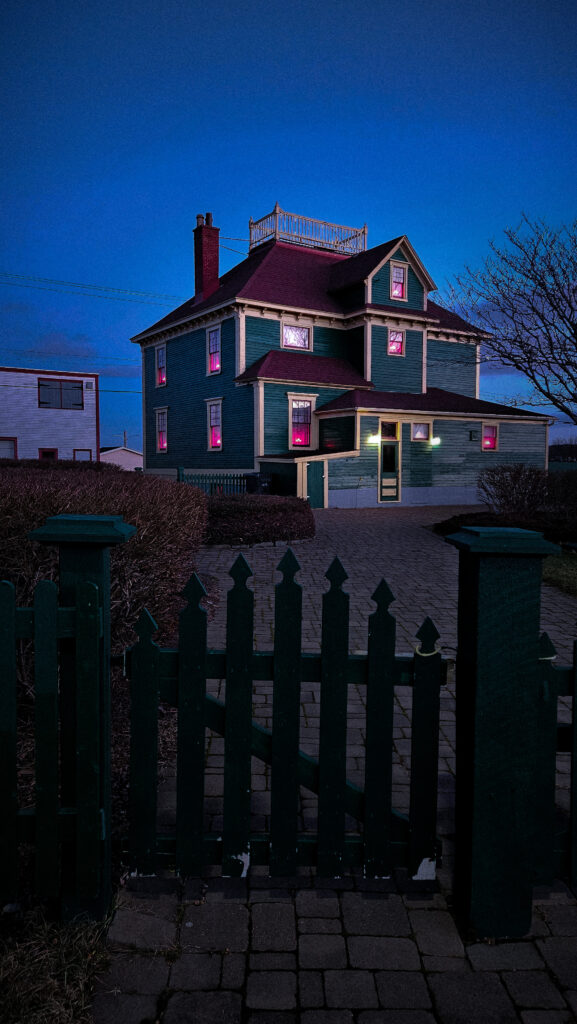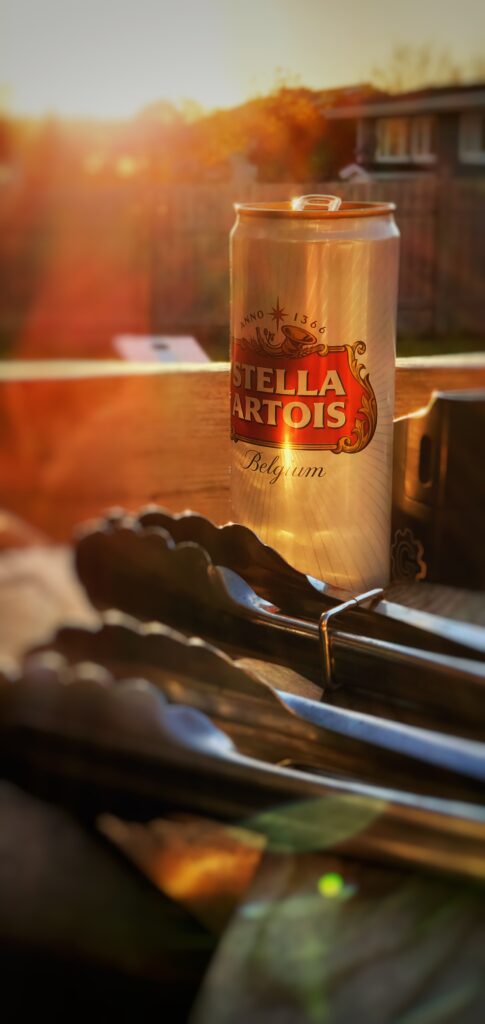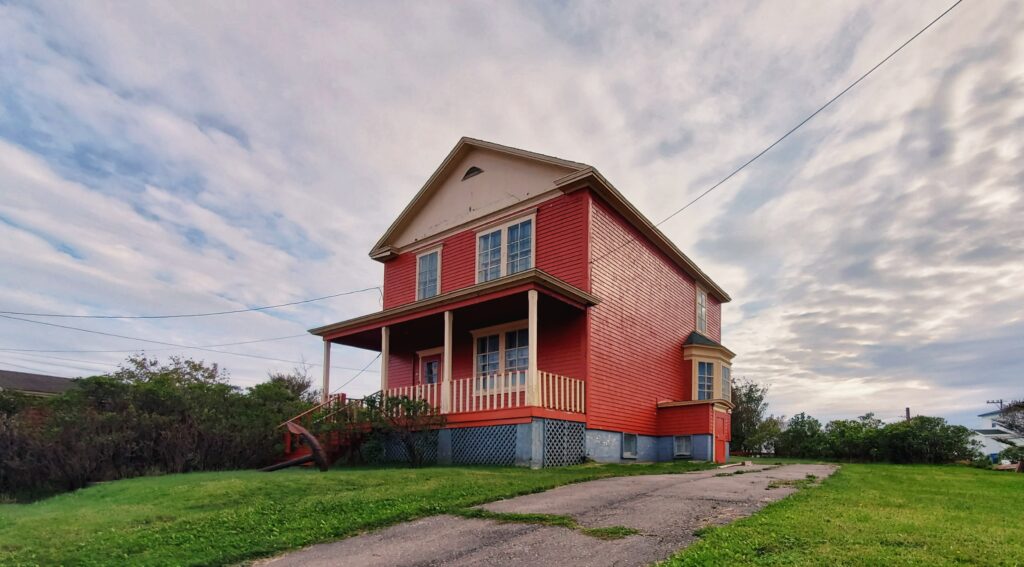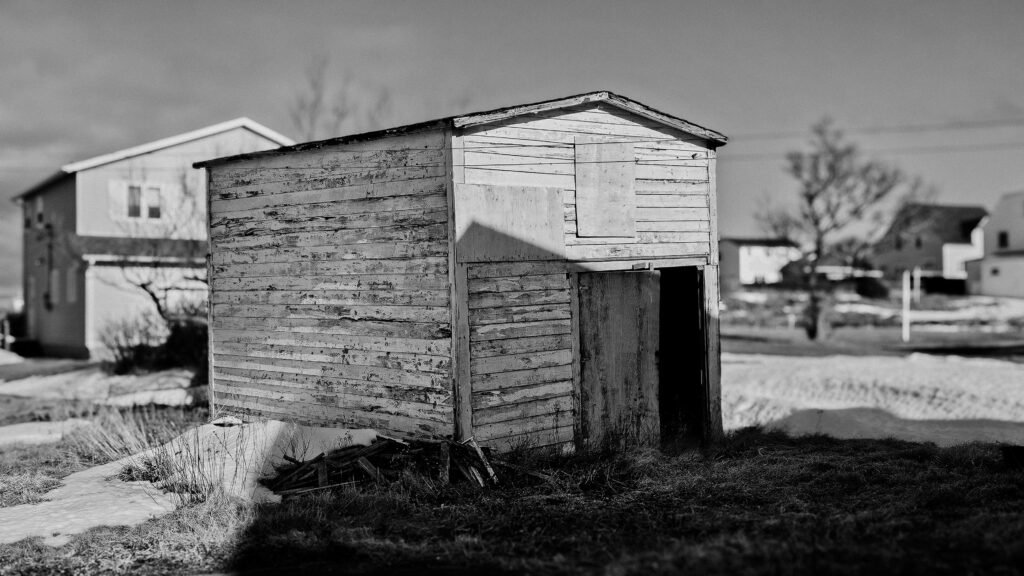
Cell phone photography is something that is often only considered with reference to snap shots or selfies. However, there is an amazing amount of potential to create amazing photographs with your phone.
I can’t count how many times I have been asked what camera and lens I’ve been using over the years. I get it though, as when I was starting out in the world of photography 20 years ago, I was obsessed with the equipment and technical aspects of the artform.
However, over the years I have learned that photography isn’t about the equipment, but instead about the photographs.
Some of the most impactful photographs that have ever been taken, were taken on cheap old film cameras. These historic, moving, photos are often grainy, not that sharp, and the resolution doesn’t compare to that of the modern full frame digital SLR cameras from Sony, Canon or Nikon. However, they are still considered the greatest. Why is that? Let’s look at a few of these.
Historic Images
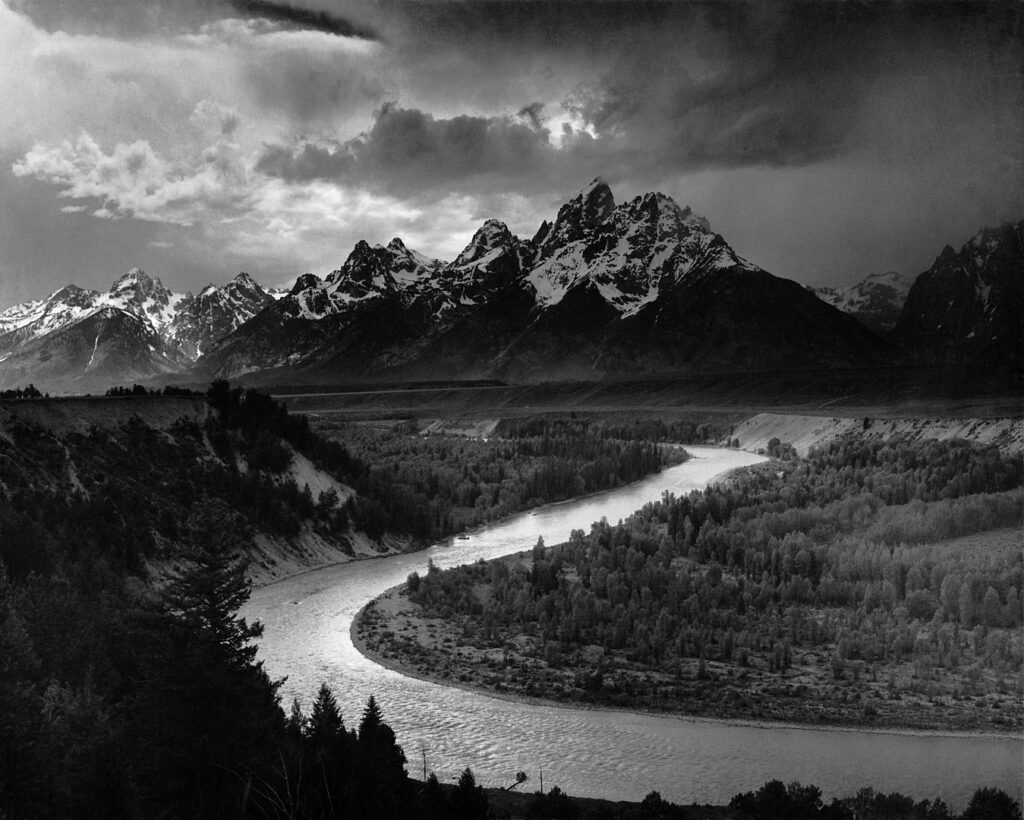
Ansel Adams, perhaps the greatest landscape photographer of all time, made this photograph in the 1940s with a fully manual ‘view camera’ that captured the scene directly on a film plate.
This photo isn’t great because of the camera’s autofocus, built-in light meter, or ergonomics. It is great because of it’s composition, light, and what the image meant at the time. Adams had been working with the United States government to capture the National Parks. His work was used as a way to illustrate to the populace what the country was fighting for. Freedom in their beautiful country. It is a photograph that not only looks beautiful, but the process of creating it, and the importance of it being used to galvanize national pride, is what makes this photograph historic.
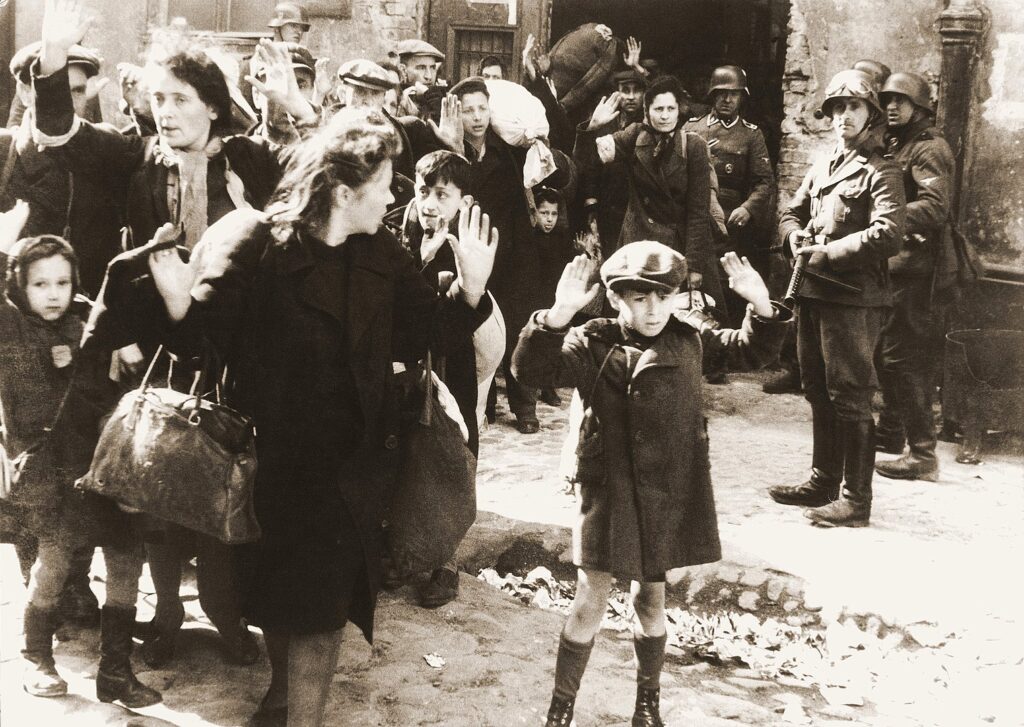
This photograph from an unknown German was taken in 1943 during the Warsaw Ghetto Uprising. It depicts a boy holding his hands over his head while SS-Rottenführer Josef Blösche points a submachine gun toward him. The people in this photograph were hiding in a bunker during the final liquidation of the ghetto, but were caught and forced out by German troops. After the photograph was taken, all of the Jews in the photograph were marched to the Umschlagplatz and deported to Majdanek extermination camp or Treblinka.
This photograph is clearly not technically special, but there is no question that it impactful. What makes this photograph important is its composition, its emotion, and the “moment” that was recorded in history.
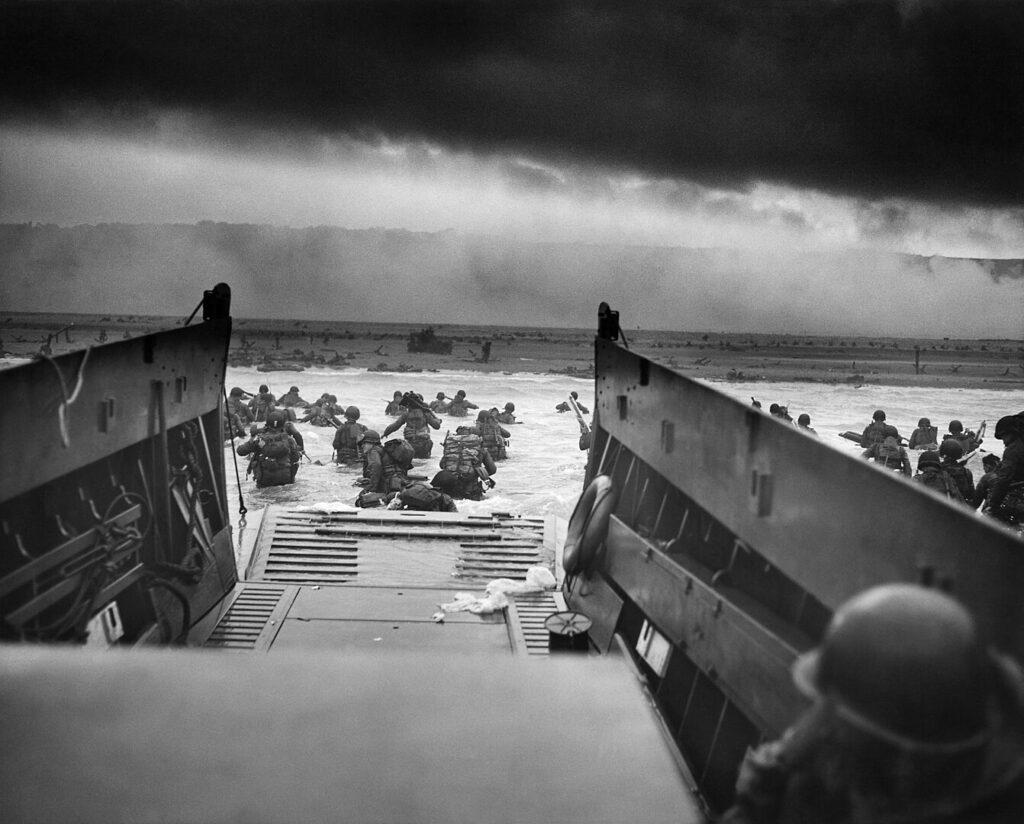
This historic photograph was recreated in the 1998 film ‘Saving Private Ryan’. It depicts the moment US soldiers departed their landing craft to storm Omaha Beach on D Day.
Again, this photo is grainy, there was no autofocus, the horizon isn’t level, and the composition isn’t great. However, this photo captures a moment in history. It captures emotion, and it makes the viewer look deep into the photo to understand the story and moment in time that was preserved.
It is not a photograph of something, but rather a photograph about something. That is a key take-away.
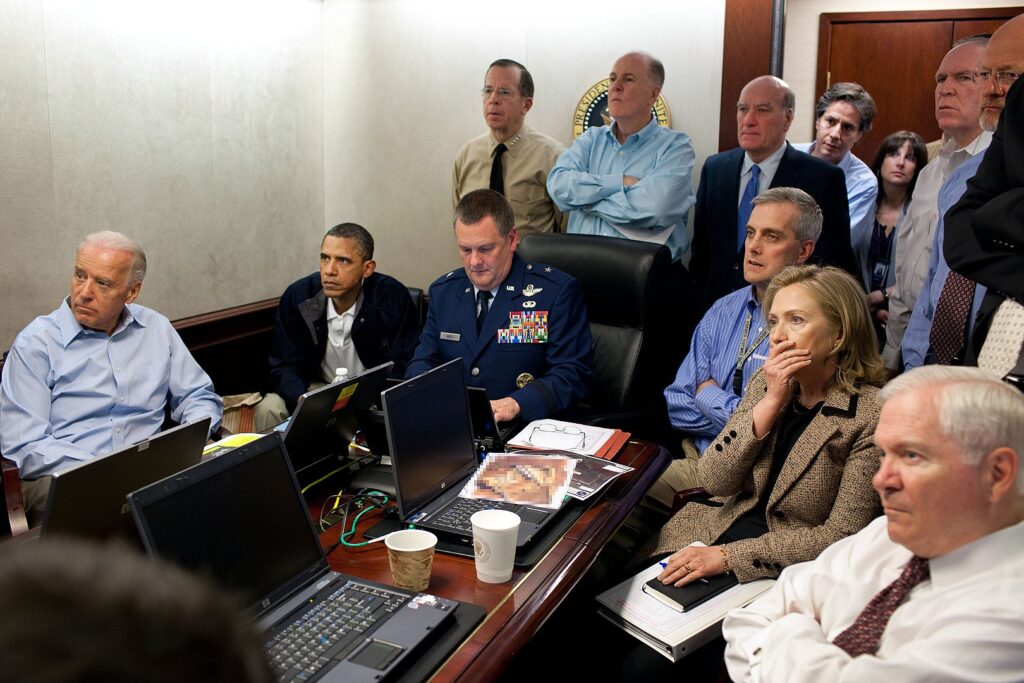
The moment that President Obama and his staff watched live footage of US Navy Seals entering the compound in Pakistan that Osama bin Laden was found and killed in.
Was this photograph taken by a Canon 5D Mark II, a Nikon D7000? a Leica M3 film camera? Or the iPhone 4S?
The answer is the Canon. However, does it matter? Either of the options listed above could be the answer and it would be believable. This photograph doesn’t require any of the modern bells and whistles of the Canon 5D. Sure, the autofocus helps, and the low light capabilities help reduce noise on the image. The auto white balance quickly takes care of those artificial lights, and the memory card was able to save the image to be shared with the world.
But couldn’t this have been done with cell phone photography?
What makes this photograph meaningful is the moment that was captured. It is a historic moment captured and preserved for the world to see. We all have moments in our lives that are important to us and our families that deserve to be captured and preserved as well. We don’t need to worry about the quality of the camera, but rather the quality of the subject matter.
In this photograph, we see the intense focus on President Obama’s face, and the concerns on Clinton’s. We get insight in how this room is set up, and the team of people working there. This is a photograph that captures a moment. It isn’t about the technical mastery of the latest greatest camera tech, but about documenting events no matter what camera you have with you.
The Best Camera Is The One That’s With You – Chase Jarvis
In 2009 I heard photographer Chase Jarvis talk about the possibilities of cell phone photography while referencing his new book of cell phone images.
At the time, I was at the height of my obsession with the latest and greatest photography gear, and dismissed the idea. I mean, the iPhone of the time didn’t have as many megapixels as my Canon 5D. Nor did it have the same low light performance, among many other features.
However what I didn’t realize at the time, is that photography is much more than technical abilities and features, and more about emotion, composition, story telling, light, and capturing moments. What good is my bag of heavy camera bodies and lenses if it’s at home packed away?
So fast forward to 2020, and the world shuts down. For the first time in over a decade, I found myself at home relaxing with family on a Saturday in July. No weddings, no portrait sessions. Amazing!
It was this forced pause of my business that led to my transition away from wedding photography, and over the 4 years that followed, I find myself back to loving the art of photography.
But it isn’t with my professional camera.
I’ve found myself focusing more and more on always having a camera with me, and capturing every day moments. I have jumped into shooting with vintage film cameras, which really slow down and simplifies the process. It allows me to focus on the art of photography over the technical side of photography.
I have also taken notice of my phone always being with me, and the fact it has a great camera (with 3 lenses!). I remembered that quote by Chase Jarvis, and now look at my cell phone as just another one of my cameras.
If I’m hiking the cape in Grand Bank, and don’t want to bring my heavy professional camera, why limit myself by not taking any photos? Instead, pull out the phone and put it to work with some cell phone photography.
Will the photos be as good as the photos of my professional camera? No, probably not. But are the differences really that noticeable? To me when viewed on a large monitor there is a difference, but does it matter? The difference is really not that significant, and on mobile screens it’s even less noticeable. I have also had a number of people act surprised by the fact that the photos they see on my Instagram or Facebook page are cell phone photos, so it’s clear that most people probably can’t tell the difference.
So, what’s the take away?
Shoot more, no matter what camera you have with you.
Put that cell phone to work and use it! Learn to edit and colour grade photos on your cell phone just as you would with the RAW files from your professional camera. Adobe Lightroom mobile is amazing, and even apps like Snapseed work great as well. Treat your cell phone images like all of your others and you can shoot more and have less to carry around.
Getting caught up in the gear you use is problematic. Give me the best hammer in the world and I still can’t build a house. Give a great carpenter a hammer from a dollar store and they’ll still be able to build a house with it.
It’s not about the tool, but the talent behind the tool
Cell Phone Photography Examples
Some of my favourite photos that I have shot with my cell phone over the last few of years can be seen below. If you don’t have a professional camera, but still want to create great images, you can certainly do that. Focus on good lighting, making good compositions, and telling stories. I’ll have a future blog post on all of these aspects of photography which may help some of you hobbyists!

